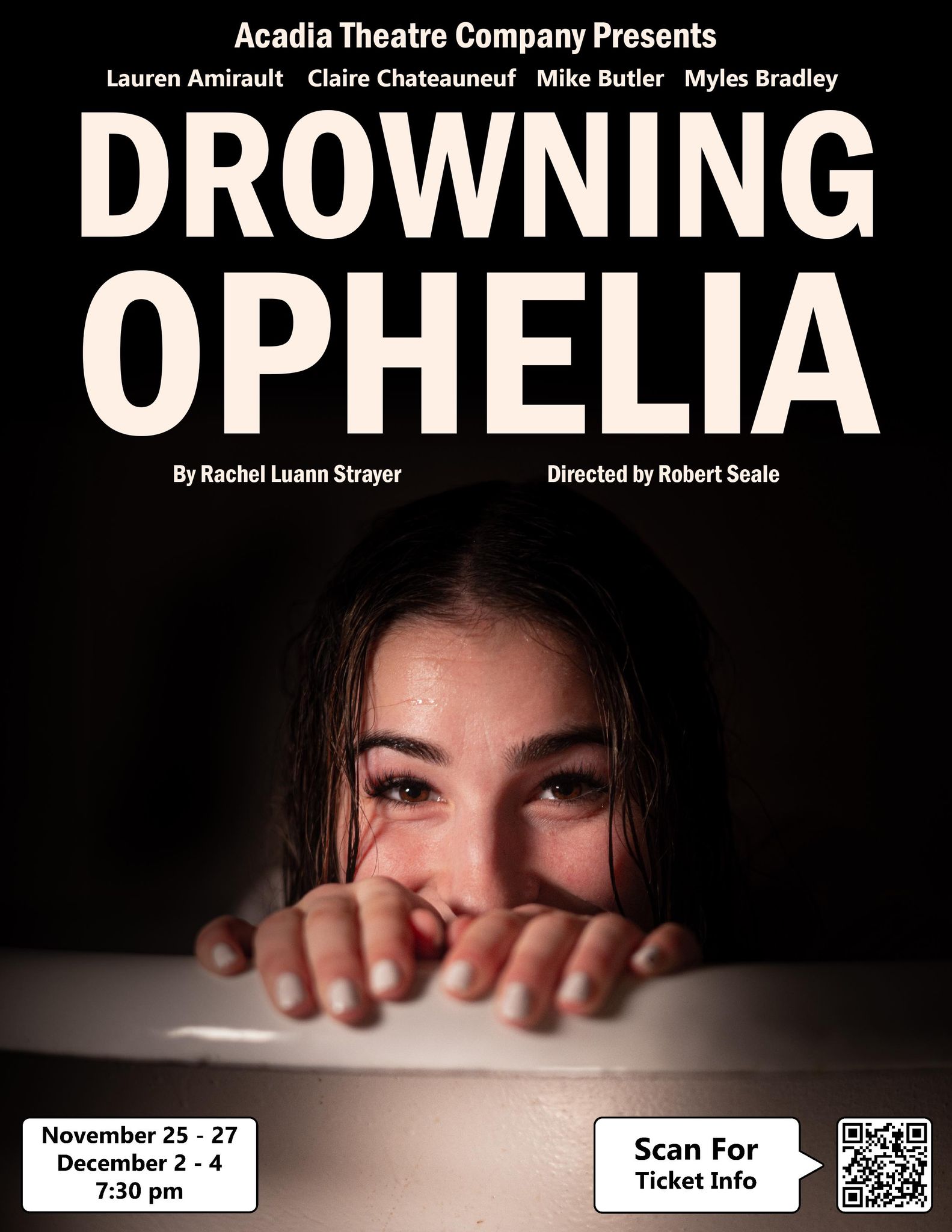This article draws on Idle No More’s discussion guide related to the Colten Boushie case. It is a great resource to explore if you want to learn more about this case.
What happened?
Although some of the details are uncertain, here is what is clear: in 2016, Gerald Stanley shot Colten Boushie in the head and killed him. Colten was a 22-year old man and member of the nearby Red Pheasant Cree Nation. Stanley was charged with second-degree murder. Colten Boushie and some friends had gone onto Stanley’s farm to try to get help for a flat tire. At the time he was shot, Colten was sitting in his SUV on Stanley’s farm. This February, Stanley was found “not guilty” by a jury with no visibly Indigenous people.
Since the verdict, there has been a huge outcry across the country from Indigenous peoples and allies on social media and on the streets through vigils and protests.
Why is this case a race issue?
Some people have criticized Indigenous people and their allies for turning this case into a race issue. However, there are many problems with the way this case was addressed, and most of them have to do with race. At a basic level, a white settler shot and killed an Indigenous young man. The crime may have been racially motivated, or at least racial bias likely played an important role. Indigenous people and their allies see this case not as an isolated incident, but as one example in a long history of violence toward Indigenous peoples in Canada. Ever since Europeans arrived on this land, white settlers have been killing Indigenous people and getting away with no consequences. It is also important to remember that this case was going through the Canadian justice system, and the Canadian state was set up as a colonial state to serve settlers and to control (not protect) Indigenous peoples. The systemic racism in the practices and policies of the Canadian state also permeates the justice system.
One of the major issues surrounding the case is that the jury in the trial for Gerald Stanley did not include any Indigenous people, and all jury members appeared to be white. Under the Canadian jury selection system, both the accused and the prosecutor can veto potential jury members without giving any reason. If they do not like how a potential jury member looks, they can reject them. In the case of the Boushie trial, the defence systematically rejected all the visibly Indigenous people from being jury members. This process explains how it would be possible to end up with a jury with no Indigenous jurors, even though Indigenous peoples represent a significant portion of the population in rural Saskatchewan. In such a racially charged case, choosing a jury entirely with people from one racial group exacerbated the racial tensions. Even if the jury made the right decision, which seems unlikely, it is hard to trust the decision when the jury is stacked against Indigenous peoples and racial bias may have played a significant role in the process. The jury selection in this case has led to calls to reform the jury selection process from Colten Boushie’s family, Indigenous activists and the federal government.
Since the verdict, there has been a lot of victim-blaming. Colten and his friends are being blamed for putting themselves in a situation where he got shot and killed. The argument goes that since they were drinking, since they were on Stanley’s property, and since some of Colten’s friends were under investigation for theft, that somehow Colten set himself up to be killed. Regardless of what Colten and friends may or may not have done, nothing justifies shooting and killing him. This reasoning is like blaming women for “allowing” themselves to be sexually assaulted because they wore the wrong clothes or were drinking. These arguments are very hurtful to the family members and communities who are grieving Colten’s death, and they also reinforce negative stereotypes about Indigenous people.
If you need evidence that racism surrounds this case, check out the comments section of any social media post by an Indigenous thinker, organization or activist. You will find many extremely racist comments in addition to widespread victim-blaming. Beyond recent comments related to the verdict, shortly after Colten’s death, racist responses appeared across social media, to the extent that Saskatchewan politicians and the Assembly of First Nations were forced to publicly speak out against these comments.
What else could the jury have done?
The jury found Stanley not guilty of any charges. Stanley was charged with second-degree murder, and the jury could have convicted him on that charge. They could have also convicted him on the lesser charge of manslaughter. Whereas second-degree murder is “a deliberate killing carried out without planning,” manslaughter is “a homicide committed without the intention to cause death.” According to the Criminal Code, murder may be reduced to manslaughter “if the person who committed it did so in the heat of passion caused by sudden provocation.” Stanley claimed he shot Colten by accident, but even if Stanley did not mean to kill Colten, he could still be held responsible for Colten’s death and charged with manslaughter.
What happens next?
In addition to calls to reform the jury selection process, there are calls for honest conversations about racism, a call for an appeal of the verdict, and a call for an inquiry into the case. If you want to get involved, there will be a #JusticeforColten vigil in Wolfville coming up soon (stay tuned for details). You can also read more about the case, use the hastag #JusticeforColten on social media, sign the petition calling for an appeal, donate toward Colten’s family, or address some of the racist comments online. Working toward justice in Canada, and an end to violence against Indigenous peoples will be a long and hard process, but it is more important than ever.




